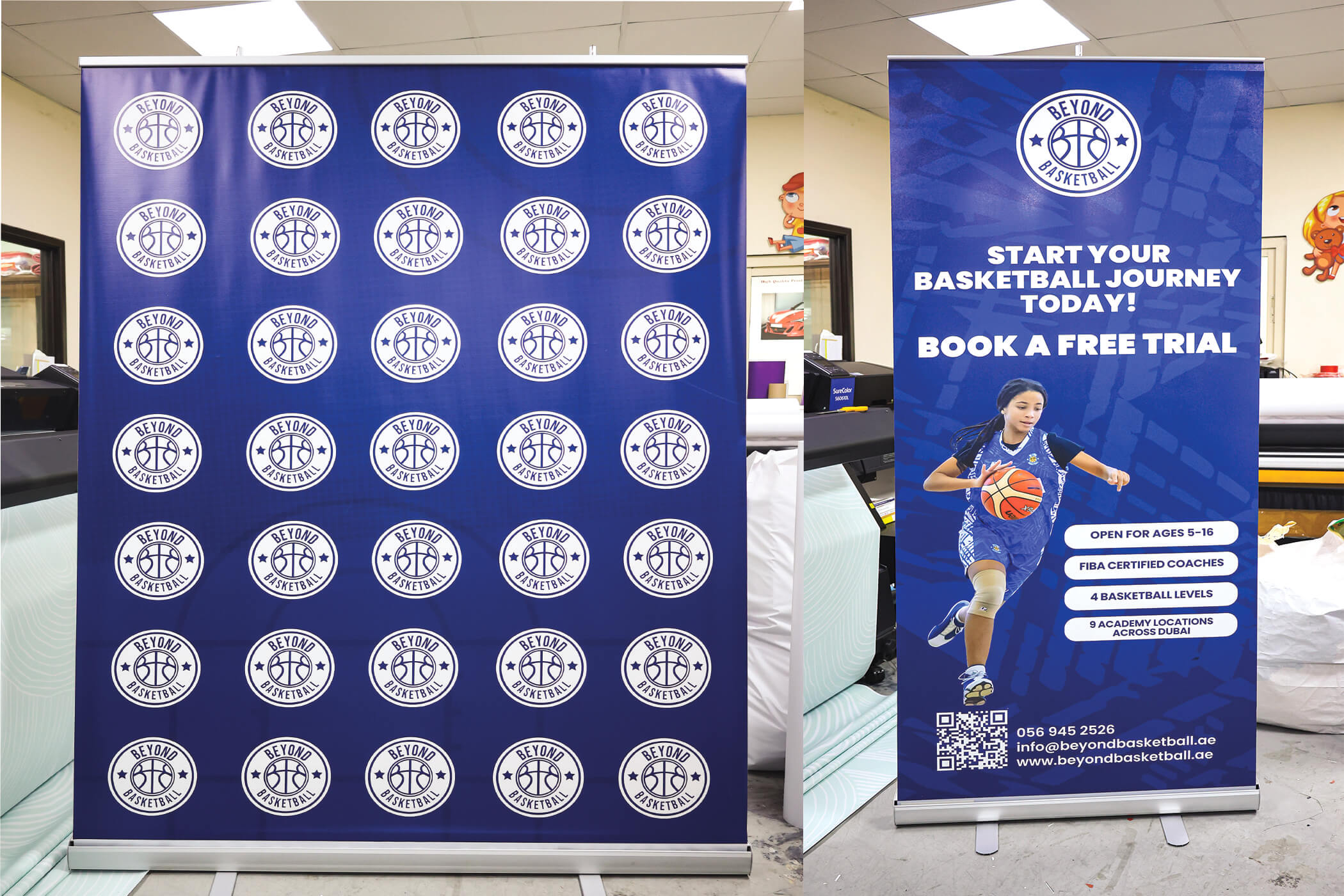
Different social media platforms have its own particular marketing techniques and audience. The first step is to profile your audience. Consider engagement and how individuals use a particular platform.
Then determine how to best engage your followers.
Once you have a clear understanding of your audience, you can decide which social media platforms will best help you achieve your goals. Then, you can choose a specific marketing technique based on its strengths and weaknesses.
The disadvantages of social media marketing vary depending on the platform. The most important thing to remember is that you’re trying to target the most likely audience possible, not the biggest audience. You should not create a ‘Field of Dreams’ opportunity for yourself. Instead, use the social media platform you know and trust and seek out your audience there. By following these tips, you’ll be well on your way to building a successful social media marketing campaign.
One of the most important things to remember about social media marketing is that it constantly changes. Creating a strategy that works for your audience on one platform might not work on another. A social media marketing plan should balance proactive and reactive content. Often, assumptions can prove to be fatal in marketing. Make sure your intuition is supported by data and human insight. Instinct alone can be useless, so make sure your marketing strategy is tailored to the right social media platform for your business.
Some platforms are visually heavy while others focus more on words. For example, Instagram is more focused on photos and videos. Despite its visual nature, it also has powerful ecommerce capabilities, allowing users to browse and buy products without ever leaving the app. On the other hand, Twitter focuses on words and has expanded beyond the 140-character Tweet to audio, video, and community-building tools. This means that you can use text-based posts and also include short links to your blog.
In terms of targeting, each social media platform offers a different set of features. For example, Facebook is great for building relationships and showing the human side of the company. Unlike Instagram, Facebook has a high organic reach. However, your content must stand out among the rest. It is best to start small and build your presence slowly. You can test each of these techniques out and see which one is best for your brand.
When it comes to social media, it’s essential to know that each platform has a different audience and purpose. The best approach is to target your audience with the right social media strategy. In addition to your website, you should also establish a page on LinkedIn or Facebook. These pages can be valuable for your small business. So, make sure to use these networks as a tool for building a strong presence.



